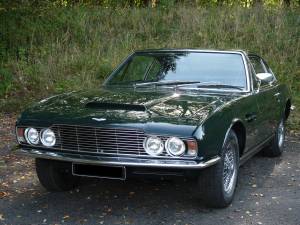- Car
- Aston Martin
- Aston Martin DBS (20 offers)
Aston Martin DBS classic cars for sale
The Aston Martin DBS blends traditional British automotive engineering with modern grand tourer performance and distinctive, purposeful design. Available as both classic six-cylinder coupés and rare, powerful V8 or V12 sports cars, the DBS model line embodies decades of Aston Martin craftsmanship and innovation, attracting enthusiasts looking for exclusivity, advanced technology, and unique style.
Search results
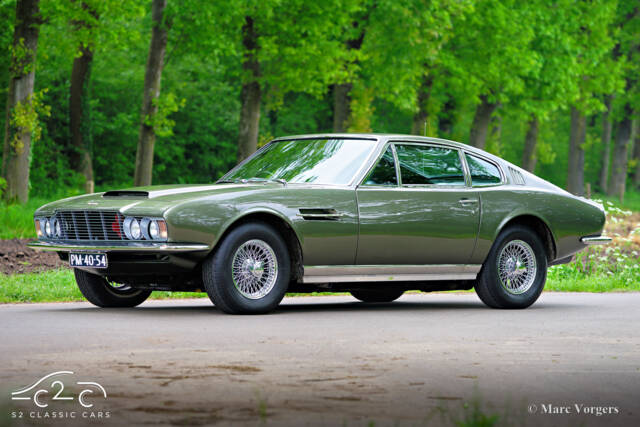
1969 | Aston Martin DBS
Colour Olive Green metallic combined with a black leather interior trimmed with black wool carpet
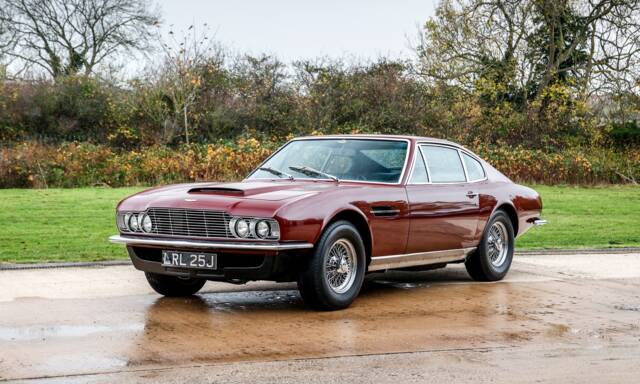
1970 | Aston Martin DBS
1970 Aston Martin DBS Coupe
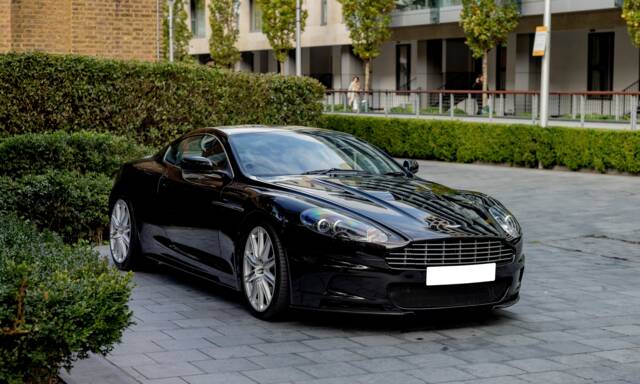
2009 | Aston Martin DBS
2009 Aston Martin DBS
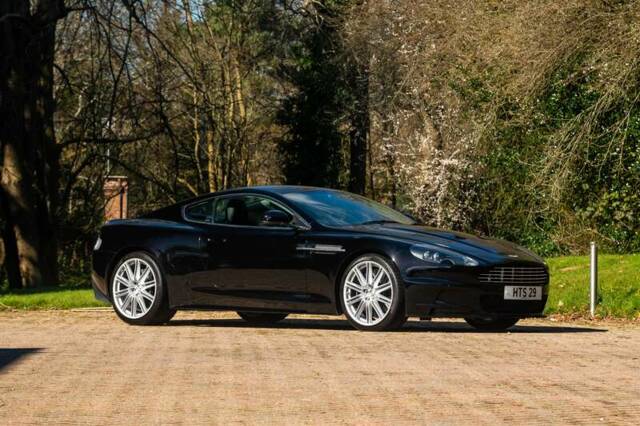
2010 | Aston Martin DBS
2009 Aston Martin DBS V12 - 11,683 Miles
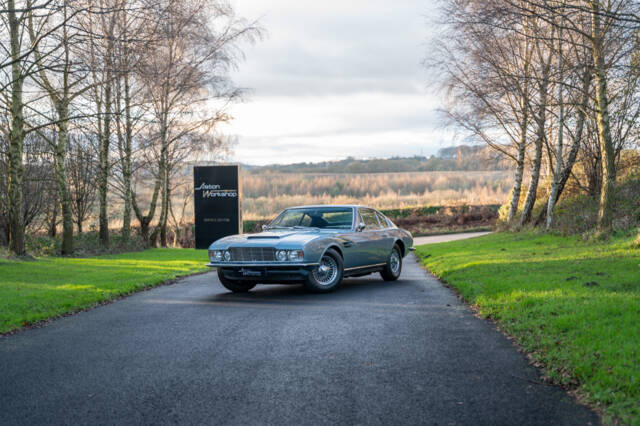
1969 | Aston Martin DBS Vantage
A Rare RHD DBS in Vantage Manual Specification
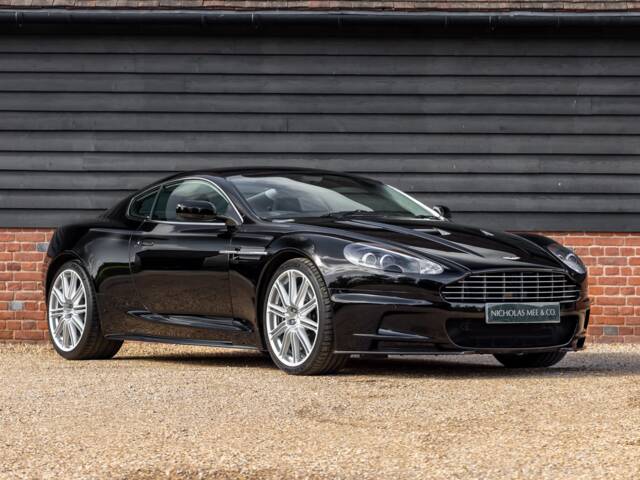
2009 | Aston Martin DBS
2009 Aston Martin DBS Manual

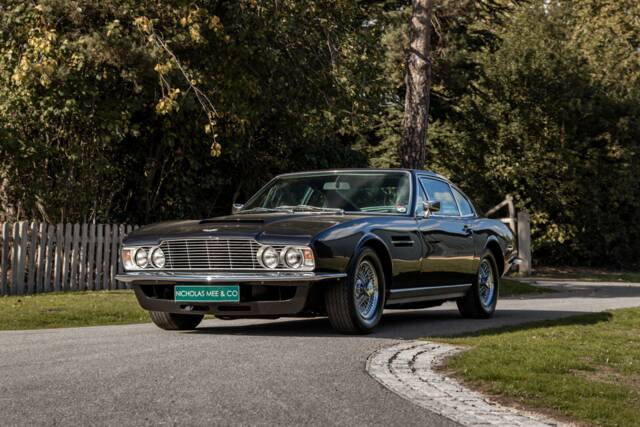
1971 | Aston Martin DBS
1971 Aston Martin DBS – Restored and Upgraded
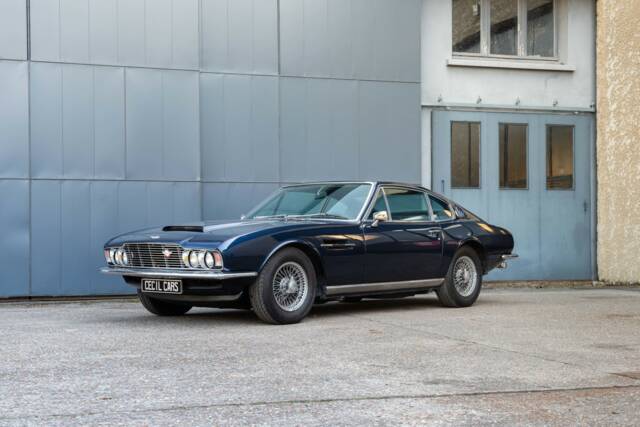
1969 | Aston Martin DBS Vantage
Aston Martin DBS Vantage
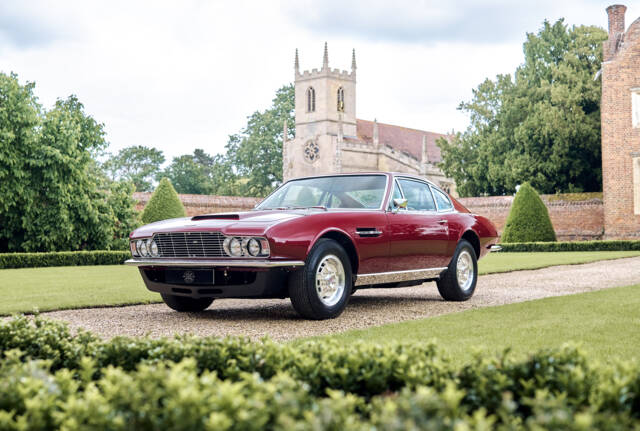
1971 | Aston Martin DBS V8
Considered to be one of the finest examples of a DBS V8
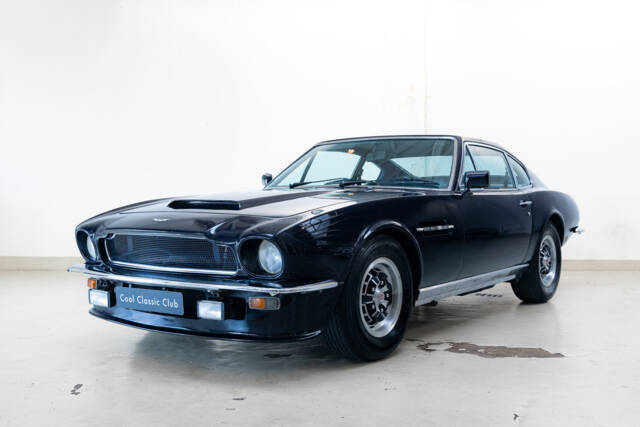
1972 | Aston Martin DBS V8
ZF 5-speed Manual - EU Car - LHD -
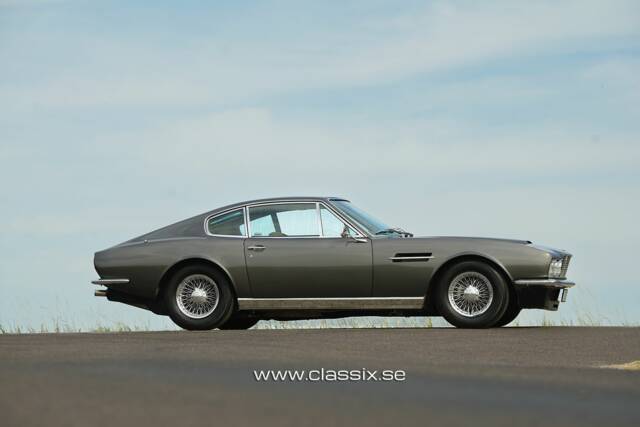
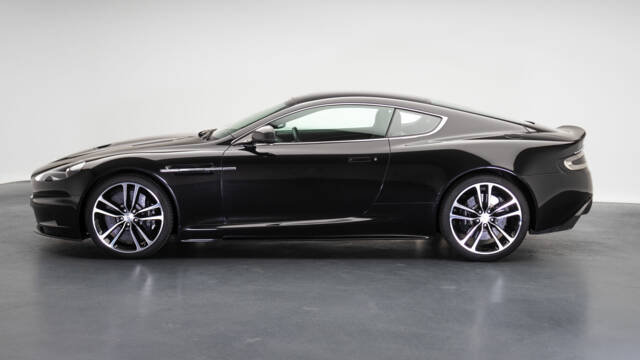
2013 | Aston Martin DBS
Lot 26 Aston Martin DBS Coupé Ultimate (2013). Schätzpreis CHF 160'000 bis CHF 200'000
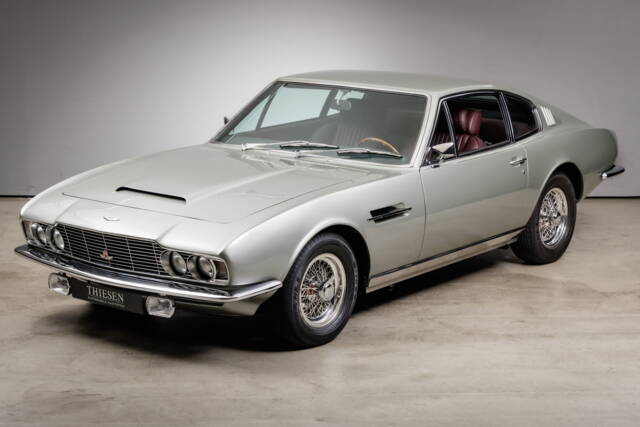
1969 | Aston Martin DBS Vantage
DBS Vantage LHD
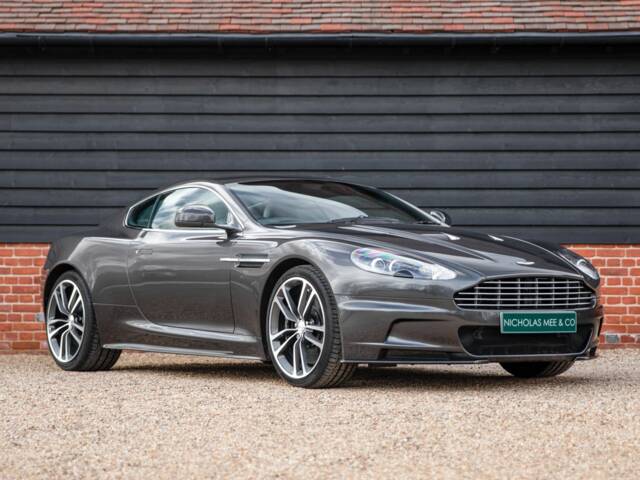
2011 | Aston Martin DBS
Aston Martin DBS Coupe
History of the Aston Martin DBS
Produced from 1967 to 1972, the original Aston Martin DBS was conceived as the successor to the DB6, initially fitted with the proven straight-six engine. The intention was to introduce a V8, but this engine required further refinement, meaning early DBS models shipped with the six-cylinder variant. The new body design, crafted by William Towns after a rejected Italian proposal, introduced sharper, more modern lines and a fastback rear, marking a clear departure from the DB6. The DBS set the foundation for Aston Martin's styling direction for the next two decades. The car’s prestige was amplified after appearances in James Bond films, especially 'On Her Majesty’s Secret Service' and 'Diamonds Are Forever'. The DBS provided the basis for nearly all subsequent Aston Martin vehicles and solidified its place in the grand touring segment.
Model Evolution and Successors
The DBS started as a two-door coupe powered by a 4.0-litre inline-six, later joined in 1969 by the DBS V8 featuring Tadek Marek's 5.3-litre V8 engine. From 1967–1972, a total of 787 six-cylinder DBS and about 405 DBS V8 models were produced. The rare Volante versions offered open-top motoring, while a limited run of four-door Lagonda DBS V8 sedans added further diversity. In 1972, following the sale of the company, the DBS name was discontinued, and the car was succeeded by the Aston Martin V8 range. The DBS moniker resurfaced in 2007 with the modern DBS V12, built on the DB9 platform, and again in 2018 as the DBS Superleggera, equipped with a powerful 5.2-litre twin-turbo V12 and advanced carbon-fibre bodywork. Each generation expanded the technological and performance capabilities of the DBS lineage.
Highlights and Market Relevance
The DBS is renowned for its duality: refined grand tourer comfort combined with high-performance capabilities, particularly in its V8 (and later V12) configurations. Known milestones include being briefly the world’s fastest four-seater with the V8, and the use of innovative materials such as carbon fibre in later models. Movie appearances, especially in James Bond films, have solidified its cultural status. Rarity is a defining factor—especially left-hand-drive, manual gearbox, and convertible variants, as well as limited series like the DBS GT Zagato or Carbon Black Edition. The adaptability of the DBS platform, from classic elegance to modern-day super-GT technology, is a key draw for collectors and drivers alike.
Technical Specifications
Special Editions & Collector Models
Notable special models include the DBS GT Zagato, an ultra-rare, bespoke commission celebrating design house Zagato’s centenary—featuring carbon-fibre bodywork, a 5.2-litre twin-turbo V12 (760 PS), and an exclusive run of only 19 units. The Carbon Black Edition (limited to around 157 units) featured unique carbon detailing, special colours, and high-end audio systems. Other significant configurations include factory Volante convertibles, left-hand-drive/manual gearbox combinations, and the Quantum Silver colour series—all highly sought after by connoisseurs.
Engine, Transmission & Driving Characteristics
The original DBS offered both a robust 4.0-litre six-cylinder and, from 1969, the more potent 5.3-litre V8 delivering benchmark performance for its era. The V8 could accelerate from 0–100 km/h in around 5.9 seconds and reach 257–265 km/h. Handling was shaped by independent suspension, front double wishbones, a de Dion rear axle, powerful disc brakes, and later vented discs. Modern DBS models improved further, with the V12 Superleggera achieving 0–100 km/h in 3.4 seconds, high-speed stability, and dynamic yet comfortable ride thanks to adaptive chassis technology. Manual gearboxes are especially prized in early V12s for their tactility, while automatics dominate the later range. Rear-wheel drive remains a constant across all models. - DBS V8 (1969–1972): 5.3-litre V8, up to 265 km/h, 0–100 km/h in 5.9 s
- DBS V12 (2008–2012): 6.0-litre V12, up to 517 PS, 0–100 km/h in 4.3 s
- DBS Superleggera (from 2018): 5.2-litre twin-turbo V12, 725 PS, 340 km/h
Interior, Comfort, Exterior & Style
The DBS boasts purposeful, distinctive William Towns-designed bodywork with a fastback silhouette, muscular stance, and refined details. Interiors in all generations showcase traditional British handcraft, with premium leather, wool carpets, wooden and carbon-fibre inlays, and significant scope for bespoke features. Particular colours such as Quantum Silver, Casino Royale, and Diavolo Red accentuate the DBS’s presence. Modern models add carbon fibre-rich components, advanced infotainment, sport-oriented features, and optional Bang & Olufsen premium audio. Accessories and individualisation options include heated/memory seats, personalised stitching, unique alloy wheels, and bespoke storage solutions.
Other Features and Useful Information
Factory originality, documented ownership history, and complete sets of handbooks and certificates greatly enhance a DBS’s provenance. Service is best performed by marque specialists or official Aston Martin partners, especially for later models with advanced technology. Rare body and transmission options as well as limited editions command strong attention among enthusiasts. Safety and technology features—such as carbon-ceramic brakes, stability control, and comprehensive infotainment—are highlights in recent generations.
Summary – Aston Martin DBS classic cars
The Aston Martin DBS’s lineage spans from 1967 Grand Touring coupés to today’s turbocharged Superleggera flagship. Each evolution has delivered advanced technology, distinctive design, and uncompromising luxury. With 100% of available and viewed Aston Martin classic listings focused on the DBS, demand from enthusiasts and collectors for this model remains consistently strong.






